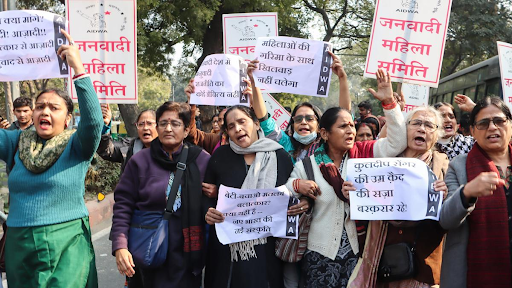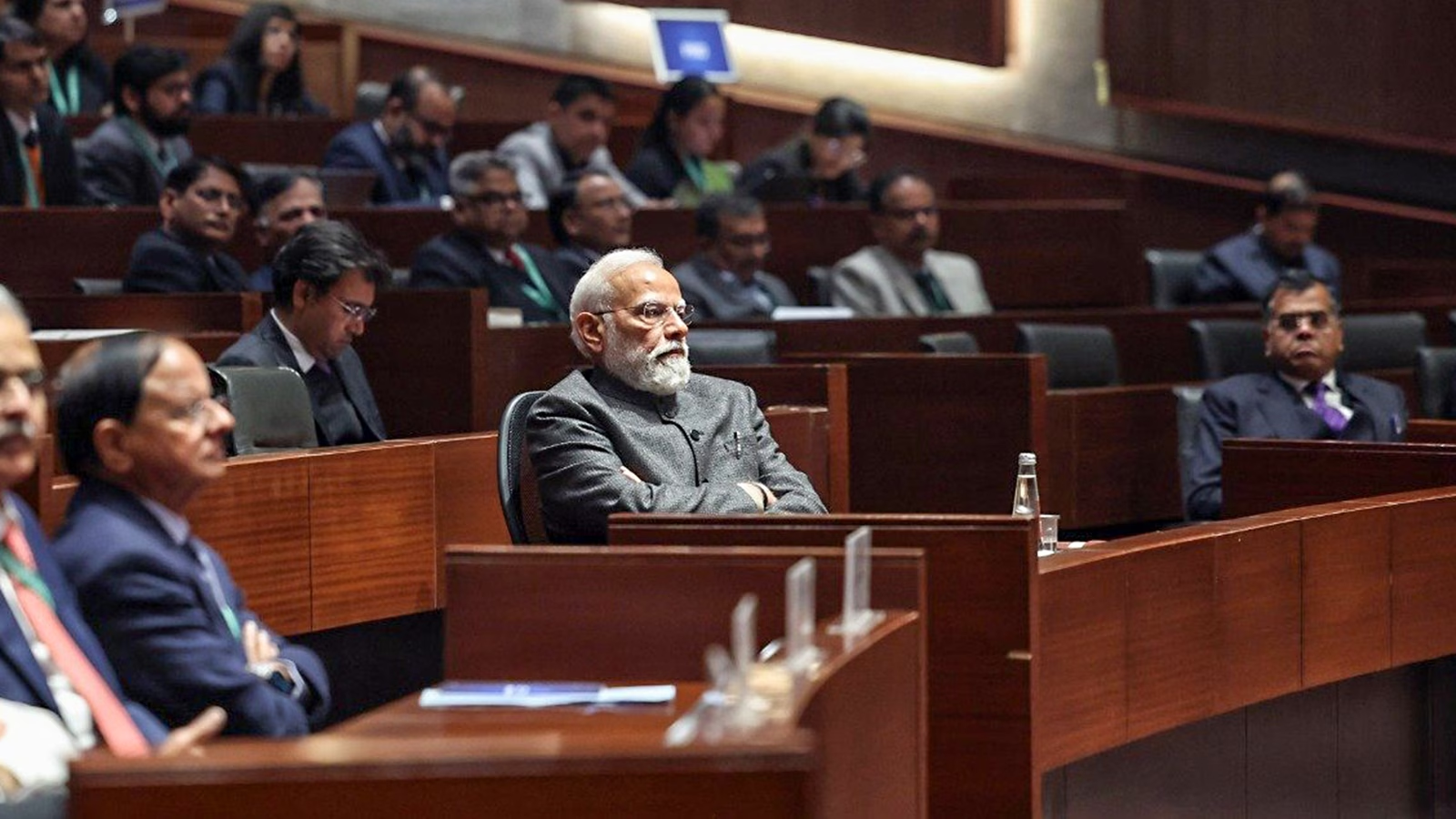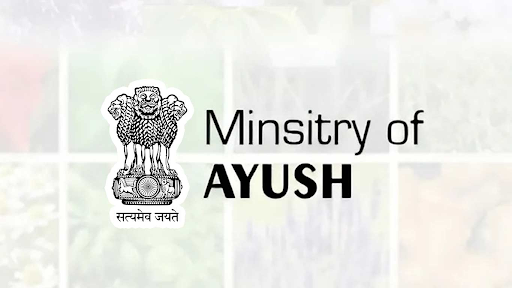



Despite women's increased political participation in India, urban administration remains male-dominated, hindering equitable development. Greater female representation in bureaucracy is essential for creating safer, more responsive cities that address women's needs in transport and infrastructure. Systemic reforms and effective gender-responsive budgeting are crucial for building truly inclusive urban spaces.

Copyright infringement not intended
Picture Courtesy: THE HINDU
Constitutional amendments have increased women's representation in local politics, however, the administrative bodies responsible for implementing policies remain male-dominated.
Political Representation => The 73rd and 74th Constitutional Amendments mandate at least 33% reservation for women in Panchayati Raj Institutions and Urban Local Bodies (ULBs). Many states have increased this to 50%. As a result, women now constitute over 46% of elected representatives at the local level, a significant achievement in grassroots democracy.
Bureaucratic Gap => The administrative cadres—the officials who plan, build, and manage cities—show a severe gender deficit.
Women experience cities differently than men. They depend more heavily on public transport, often making multiple stops for work and caregiving duties. Their safety concerns are linked to factors like public lighting, last-mile connectivity, and safe public spaces.
A male-dominated bureaucracy often prioritizes large-scale infrastructure projects like highways and metros over crucial neighborhood-level needs. For example, a 2019 audit by Safetipin across 50 cities found that over 60% of public spaces were poorly lit, a key safety concern for women.
Improve Governance Outcomes => Studies show that women officials bring unique perspectives that lead to better public services.
Gender-Responsive Budgeting (GRB) is a method of integrating gender perspectives into all stages of the budget process. It acknowledges that public spending impacts men and women differently and aims to correct gender-based inequities.
India introduced a Gender Budget Statement in its Union Budget in 2005-06. Some states and cities have made progress:
Despite the initiatives, the implementation of GRB remains weak, especially in smaller cities. It is often a tokenistic exercise, with poor monitoring and limited institutional capacity. Key issues like pedestrian safety or the need for childcare facilities are frequently overlooked in urban planning budgets.
Systemic Reforms => Implement reforms in recruitment, retention, and promotion policies to bring more women into administrative and technical roles. Affirmative action, scholarships for women in urban planning and engineering, and mentorship programs can help dismantle structural barriers.
Institutionalize GRB => Make Gender-Responsive Budgeting a mandatory and integral part of the planning process for all Urban Local Bodies. This must be supported by capacity-building programs for officials.
Mainstream Gender Perspectives => Integrate gender analysis into all urban projects. This can be achieved through mandatory gender audits, participatory budgeting that includes women's voices, and linking project evaluations to gender-specific outcomes.
Empower Women's Leadership => Promote agency and dismantle glass ceilings. Creating local gender equity councils and adopting successful models like Kerala's Kudumbashree can empower women to shape how cities are planned, serviced, and governed.
|
A city that is safe, accessible, and responsive to the needs of women is a city that works better for everyone. By ensuring women are not just elected leaders but also the planners and administrators, India can build urban centers that are true engines of inclusive and sustainable development. |
Must Read Articles:
Source:
|
PRACTICE QUESTION Q. "The 73rd and 74th Constitutional Amendments have been instrumental in increasing women's participation at the grassroots level of governance." Critically evaluate the impact of these amendments on women's empowerment and their role in decision-making. 250 words |







© 2026 iasgyan. All right reserved